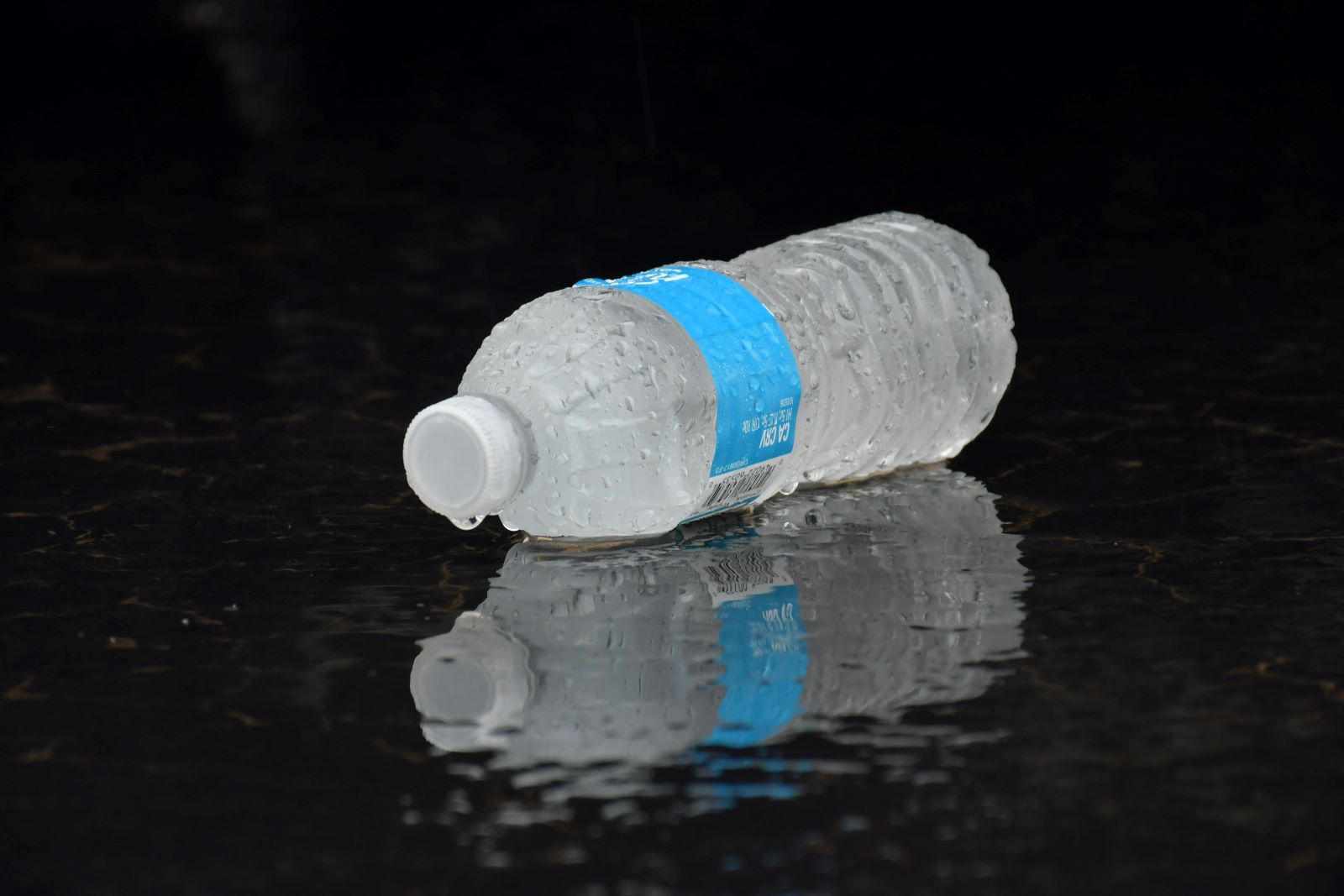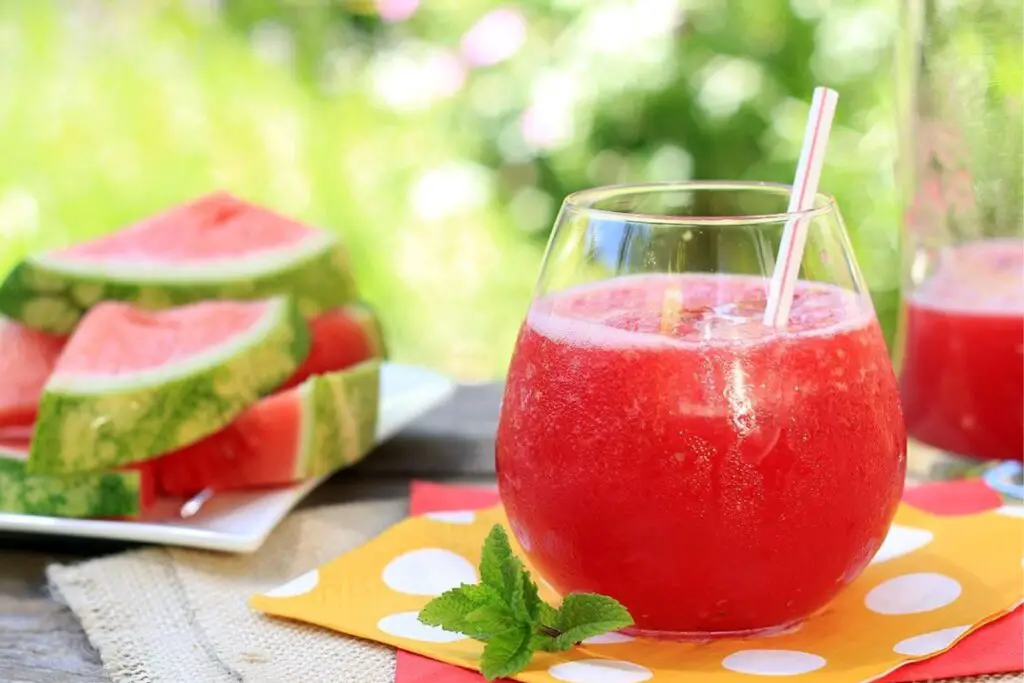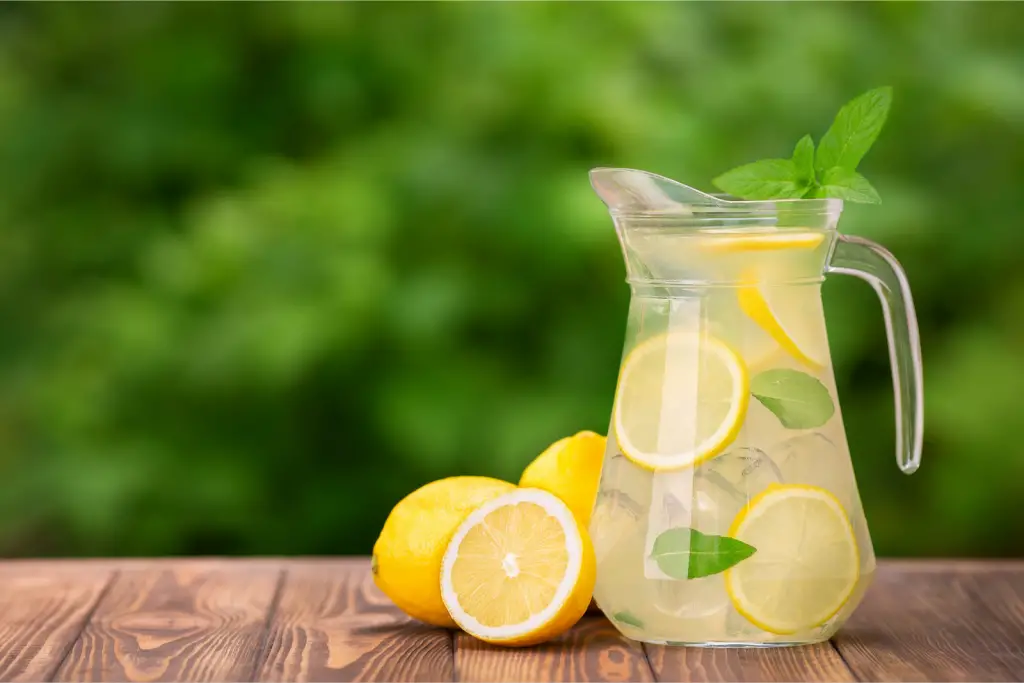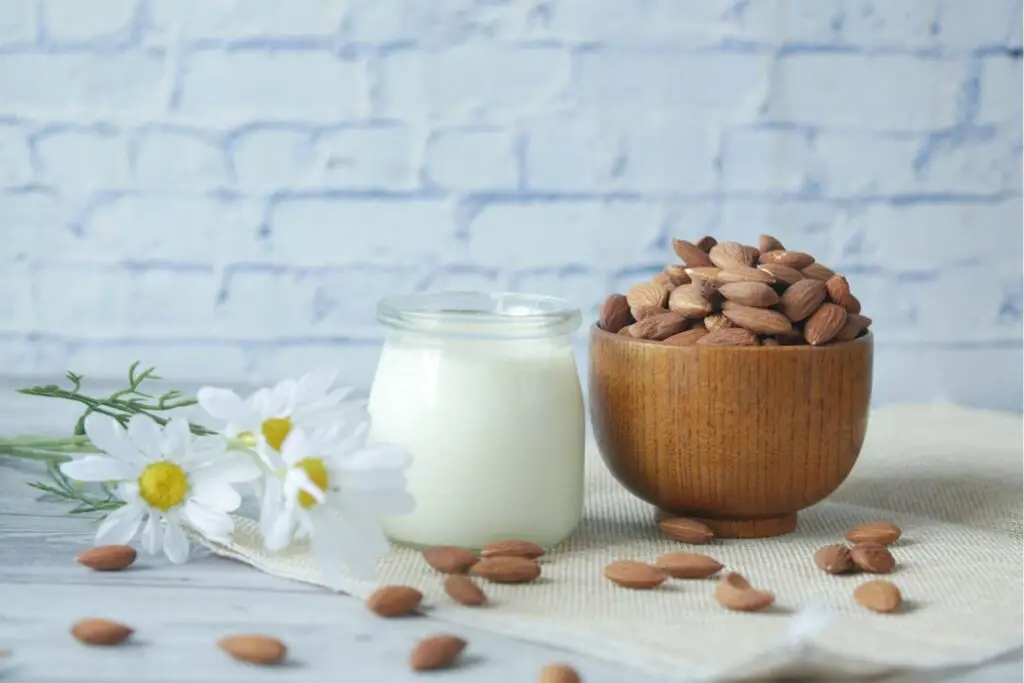
Water bottles are essential companions for staying hydrated on the go, whether you’re at the gym, traveling, or simply out and about. While most people are familiar with the concept of freezing water bottles to enjoy a refreshing, chilled drink, it’s important to know how to freeze them without the risk of explosion. Freezing water bottles incorrectly can lead to a messy and potentially dangerous situation. In this guide, we will discuss the necessary precautions and techniques for safely freezing water bottles to keep your beverages cool without the fear of them bursting. By following these guidelines, you can confidently freeze your water bottles and enjoy a refreshing sip whenever you need it.
Here are some tips to freeze water bottles safely:
Step 1. Use plastic bottles designed for freezing.
Not all types of plastic bottles are suitable for freezing because plastic can become brittle and crack at low temperatures, especially if it is made of low-density polyethylene (LDPE) plastic. LDPE plastic is commonly used for plastic bags and wraps and is not suitable for freezing. On the other hand, high-density polyethylene (HDPE) plastic is more durable and resistant to cracking at low temperatures, making it the ideal material for plastic bottles designed for freezing.
When a plastic bottle is exposed to low temperatures in the freezer, the water inside it expands as it freezes, and this can cause stress on the plastic bottle’s walls. If the bottle is made of a plastic material that is not suitable for freezing, it can easily crack or break under the pressure of the expanding ice.
Therefore, it is important to use plastic bottles that are specifically designed for freezing, as they are made of HDPE plastic or other materials that can withstand the stress of freezing temperatures. These bottles are often labeled as “freezer-safe” or “suitable for freezing” and can be found in many stores where plastic containers are sold.
Step 2. Leave some room at the top of the bottle.
When water freezes, it expands and increases in volume. This means that if a bottle is completely filled with water and then frozen, the expanding ice can create pressure within the bottle, potentially causing it to burst or deform.
To prevent this, it is important to leave some room at the top of the bottle for the ice to expand into. This extra space allows the ice to expand without creating excessive pressure on the bottle, reducing the risk of it cracking or bursting. A good rule of thumb is to leave about 1-2 inches of empty space at the top of the bottle when freezing water or other liquids.
It’s worth noting that the amount of space you leave at the top of the bottle can vary depending on the size and shape of the bottle. In general, larger bottles require more space at the top than smaller bottles. Additionally, if you plan on shaking or stirring the bottle after it’s frozen, you may want to leave a bit more space to account for any additional expansion that may occur during agitation.
Step 3. Don’t overfill the bottle.
When filling a water bottle to be frozen, it’s important to avoid overfilling the bottle, as this can prevent the water from expanding as it freezes. If the bottle is completely filled with water, there won’t be any room for the water to expand as it freezes, and this can create pressure within the bottle that can cause it to crack or burst.
To prevent this, it’s recommended to only fill the bottle about 3/4 of the way full. This will leave enough room for the water to expand as it freezes, without creating excessive pressure on the bottle. It’s also important to make sure that the lid or cap of the bottle is not tightened too tightly, as this can prevent air from escaping and further increase the risk of the bottle cracking or bursting.
Additionally, by not overfilling the bottle and leaving enough room for the water to expand as it freezes, you can reduce the risk of the bottle cracking or bursting and ensure that your frozen drinks are safe and easy to enjoy.
Step 4. Freeze the bottle upright.
If the bottle is placed on its side or at an angle, the water inside it may freeze unevenly, creating pressure points within the bottle. This can cause the bottle to become misshapen or even burst, especially if the bottle is made of a plastic that is not suitable for freezing.
Placing the bottle upright in the freezer allows the water to freeze evenly from the bottom to the top of the bottle. This ensures that there are no pressure points or weak spots within the ice, which can reduce the risk of the bottle cracking or bursting.
In addition, placing the bottle upright in the freezer also helps to prevent any liquid from leaking out of the bottle, as the lid or cap is more likely to stay tightly sealed when the bottle is standing upright.
Also, by placing the bottle upright in the freezer, you can ensure that your frozen drinks are safe, evenly frozen, and easy to enjoy.
Step 5. Freeze slowly.
One way to freeze the bottle slowly is to place it in the back of the freezer, where it’s coldest. This allows the bottle to gradually reach the freezing temperature and freeze more slowly. If you place the bottle in a warmer part of the freezer, it may freeze too quickly, which can create pressure within the bottle and increase the risk of it bursting.
It’s also important to note that the amount of time it takes for a bottle to freeze will depend on several factors, such as the size of the bottle, the temperature of the freezer, and the amount of water in the bottle. In general, it’s best to leave the bottle in the freezer for several hours, or even overnight, to ensure that it freezes slowly and evenly.
By freezing the bottle slowly, you can reduce the risk of it bursting and ensure that your frozen drinks are safe and easy to enjoy.
How long are frozen water bottles good for in the freezer?
Frozen water bottles can last indefinitely in the freezer, as long as the bottles remain sealed and undamaged. Since water doesn’t spoil or go bad, the frozen water will remain safe to drink as long as it has not been contaminated with any bacteria or other harmful substances.
However, over time, frozen water bottles may develop a freezer burn, which can affect the taste and quality of the water. Freezer burn occurs when the water inside the bottle loses moisture and becomes dehydrated due to exposure to air. This can cause the ice to become dry and flaky, and the water to have an unpleasant taste.
To avoid freezer burn and ensure that your frozen water bottles remain fresh and tasty, it’s recommended to use them within 6-12 months. If you have any doubts about the safety or quality of your frozen water bottles, it’s best to discard them and replace them with fresh ones.
Can you thaw frozen water bottles in the fridge?
Yes, you can thaw frozen water bottles in the fridge. Thawing frozen water bottles in the fridge is a safe and convenient way to thaw the bottles slowly, which helps to maintain the quality and taste of the water. It may take several hours or overnight for the water to thaw fully, depending on the size of the bottle and the temperature of the fridge. This slow and gentle thawing method helps to reduce the risk of the bottle becoming damaged or leaking during the thawing process, and ensures that the water is safe and fresh to drink once it’s thawed.
Other related questions
Is it better to freeze or refrigerate water bottles?
It depends on your needs. Refrigerating water bottles is ideal if you need to keep them cool and drink them within a few days. However, if you want to store water for a longer period, freezing water bottles is a better option. Frozen water bottles are convenient for outdoor activities, emergencies, and to keep drinks cold for longer. Additionally, freezing water can help to purify it, as bacteria and other contaminants may not survive the freezing process. However, frozen water bottles can take longer to thaw, and they can be bulky to store.
Does freezing water bottles affect their taste?
Freezing water bottles can affect their taste if they are frozen for a long time or have been exposed to freezer burn. Freezer burn can cause the ice to become dry and flaky, and the water to have an unpleasant taste. However, if the water is frozen properly and the bottle is not damaged, the taste of the water should not be significantly affected.
Can you refreeze frozen water bottles?
Yes, you can refreeze frozen water bottles, but it’s not recommended. Refreezing water bottles can affect the taste and quality of the water, as well as the integrity of the bottle. When water freezes and thaws, it can cause the bottle to expand and contract, which can lead to leaks or cracks. Additionally, the quality of the water may deteriorate over time, especially if the bottle has been exposed to air or contaminants during the thawing process. It’s best to consume the water once it has been thawed and not to refreeze it.








